Ireland’s rich and long history is steeped in myth and legend that captivates the hearts and minds of those who venture into its depths to explore its more ancient roots. In this article, we embark on a journey through the Emerald Isle to uncover the secrets of its most awe-inspiring ancient sites, each a testament to the ingenuity and creativity of Ireland’s early inhabitants. From the enigmatic Newgrange in County Meath to the legendary Navan Fort in Ulster, these landmarks serve as lasting reminders of a bygone era, almost as ancient as the rocks used to construct their magnificent stone circles.
The Irish were once renowned for how they cherished their traditions. Irish music, language, and sports, are known worldwide and, apart from the language which is going through a revival of late, they are still widely enjoyed across the island today. For many years, these traditions were characteristic of Irish identity, reminders of a stolen past but at the same time our best anchor to it.
If our music, language, and sports anchor us to an ancient yet common Irish history, what more can we gain from learning about the histories and the mythological tales of these ancient Irish sites? If nothing more, they give us a rare and fascinating glimpse into a world shaped by mysterious but obviously intelligent groups of builders, kings, and astronomers.
When attempting to uncover their mysteries we will often read bout “the druids”; a mysterious (because we know so little about them) but apparently revered group of spiritual leaders and advisors who played a role in building these great monuments and setting their stones in alignment with the cycles of the stars. It was the druids who learned and passed down their knowledge orally, in the form of stories and using nature as their guide. Those same stories would become the myths and legends of Ireland when later transcribed by Christian monks. We may never know the true role the druids played in shaping early Irish society, but their mystical druidic influence remains all these years later in the monumental relics and sacred sites that dot the landscape. These ancient sites provide a tangible link to the past and a window into the mystical world that once thrived on the Emerald Isle.
See Spring Equinox Celebrations and Astronomical Alignments in Ireland
As we delve into the stories and history of these remarkable landmarks, we will uncover the essence of Irish culture and the deep connection to the land and its people. These sites not only serve as powerful reminders of an earlier age but also continue to inspire and captivate the imagination of visitors from around the world. Join us on this journey through time, as we explore the enduring allure of Ireland’s ancient soul and the timeless legacy of its enchanting heritage.
1. Newgrange: Ireland’s Neolithic Astronomical Clock

County Meath’s astonishing Newgrange, a megalithic passage tomb over 5,000 years old, stands as a testimony to Ireland’s Neolithic ingenuity. Predating both Stonehenge and the Egyptian pyramids, this UNESCO World Heritage site features an intricate design that showcases a narrow passage leading to a chamber, illuminated only during the winter solstice.
The exceptional astronomical knowledge of these early builders is demonstrated by Newgrange’s precise alignment with the rising sun during the winter solstice. Newgrange captivates visitors with its breathtaking alignment to the rising sun during the winter solstice each year when the sun’s rays penetrate the entrance, progressing along the passage and lighting up the inner chamber for approximately 17 minutes.

Irish Art History Section, Professional Development Service for Teachers, P.D.S.T., Ireland
Newgrange is just one of many such astrologically aligned sites throughout the Boyne Valley of Co. Meath and generously scattered across the island. The Loughcrew Cairns, situated in County Meath, are known for their astronomical significance, with two sophisticated alignments that were discovered in 1980.
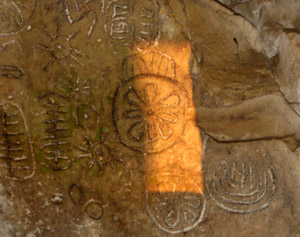
The Equinox Stone within Cairn T is illuminated by a beam of sunlight that narrows and focuses on the main solar emblem. In Cairn L, the sunrise on the cross-quarter days of early November and February illuminates a large and intricate engraving, possibly representing the oldest known image and record of a solar eclipse.
Newgrange holds significant connections to Irish mythology, as it is believed to be the residence of Oenghus, the god of love, youth, and poetic inspiration. The elaborate spirals and geometric patterns decorating the entrance stone exemplify the artistic talent of Neolithic Ireland’s denizens. A trip to Newgrange provides a rare opportunity to explore the spiritual beliefs and advanced artistry of Ireland’s ancient inhabitants.
2. Navan Fort (Emain Macha): The Realm of The Ulster High Kings

Emain Macha, or Navan Fort, in County Armagh, is an ancient site steeped in Irish myth and legend. Revered as the seat of the legendary High Kings of Ulster, including the heroic Conchobar mac Nessa, Navan Fort’s history is entwined with the Ulster Cycle closely connected to the epic tales of the Ulster Cycle, a collection of heroic narratives set during Ireland’s early Christian period.
One of the most renowned stories of the Ulster Cycle is the tragic tale of Deirdre and the Sons of Uisneach. The narrative unfolds within the walls of Emain Macha, recounting the forbidden love between Deirdre, a noblewoman, and Naoise, a warrior, and their tragic fate at the hands of a vengeful king. This poignant tale of forbidden love results in the demise of Naoise and his two brothers, orchestrated by a vindictive king, and it is just one of the many intriguing narratives that lend Navan Fort its mysterious charm and allure.
According to the Dindsenchus, an old manuscript on the lore of Irish place names, there are at least three Machas associated with this site. The first Macha is the wife of Newy, the leader of a colony supposed to have arrived in Ireland 600 years after the great flood. The second is Macha Mongruadh, or Macha the Red (haired), documented as a queen and 64th monarch of Ireland who established the palace of Emhain Macha here around 305 B.C. The third is a goddess named Macha that appears in a fore-story of the Táin epic.

Modern archaeological excavations have revealed various structures at Navan Fort suggesting it was also a site of great religious significance. Evidence suggests that the Iron Age temple discovered at the site may have been dedicated to a solar deity, emphasizing the close connection between the ruling elite and the divine powers in ancient Irish society. These findings, along with artifacts like brooches, pottery, and glass beads, offer valuable insights into the lives and customs of the ancient people who inhabited this royal site. Whether you are into Irish history, archaeology, mythology, or friendly hospitality, Navan Fort is well worth a visit if your travels in Ireland take you northward to Ulster.
3. The Hill of Uisneach: Ireland’s Spiritual Heart

Situated in County Westmeath, The Hill of Uisneach is a mystical site with deep mythological roots. Often referred to as the spiritual center of Ireland, Uisneach is believed to be the meeting point of the five ancient provinces. According to legend, the god Lugh held his grand assembly, the Lughnasa festival, atop the Hill of Uisneach in honor of his foster mother, Tailtiu.
Uisneach is renowned for its religious and ceremonial importance, dating back to the time of the Druids, the spiritual leaders and advisors of ancient Ireland. These wise figures gathered at Uisneach to observe vital festivals and perform sacred rites. Today, the site remains a focal point for spiritual seekers who congregate each year to celebrate the Bealtaine festival, heralding the arrival of the summer season.
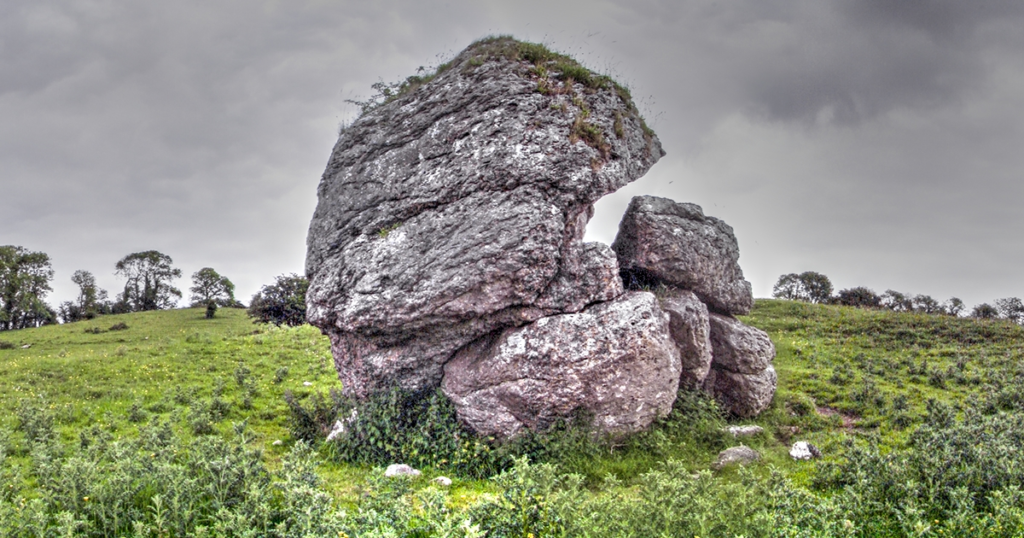
Among the several monuments at Uisneach, the imposing Catstone, a massive limestone boulder, holds a special place in Irish mythology. It is said to be the site where the goddess Ériu, who gave her name to Ireland, met her end. Exploring Uisneach allows visitors to immerse themselves in the rich tapestry of Irish myth and legend while connecting with the spiritual heart of Ireland, where ancient deities once held power.

Another intriguing aspect of Uisneach is the annual Uisneach Fire Festival, which takes place on Bealtaine, an ancient Irish festival celebrating the arrival of summer. The lighting of the central ceremonial fire atop the Hill of Uisneach symbolizes the unity of Ireland’s ancient provinces, while also serving as a link to the country’s pre-Christian past. The festival attracts visitors from all over the world, offering an unforgettable experience that blends contemporary Irish culture with ancient traditions.
Uisneach Hill is among Ireland’s most sacred ancient sites. For millennia Druids, Warriors, Poets, and Kings gathered at this Hill as a place of ceremony, worship, and the pronouncement of important laws and customs. Its primary feast was Bealtaine or the Festival of the Bright-Fire, where all fires in all the land were left extinguished on May 1st only for the first great fire of Summer to be lit by the Druids upon Uisneach Hill. Representatives of Clans and Tuatha from all over the land would travel here to gather fire and embers. Bringing these to their homelands every fire in the country was then said to have been lit by the first fire of Summer.
and the need to consider the old ways for guidance in today’s uncertain world.
4. Rathcroghan: The Royal Seat of the Connacht Kings
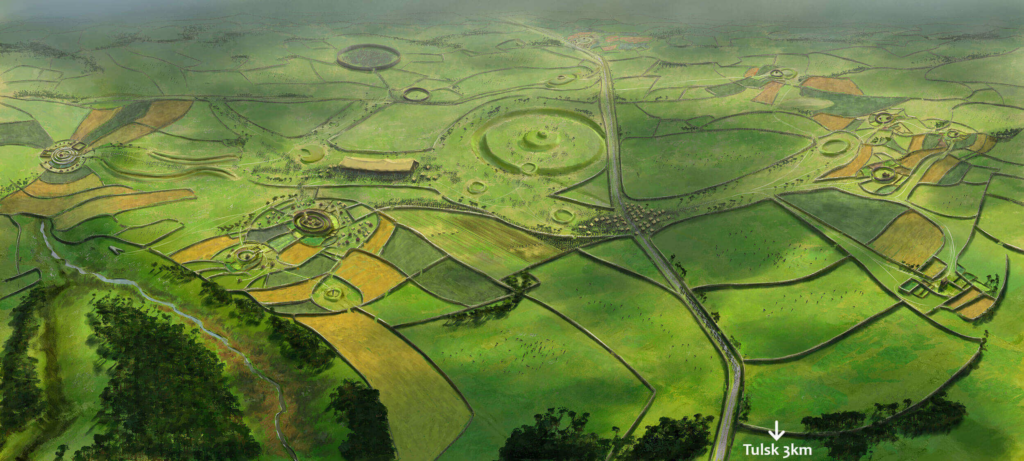
Embarking on a journey to Rathcroghan in County Roscommon, one finds oneself surrounded by an extraordinary wealth of Irish history and culture. As the location of over 240 ancient monuments, Rathcroghan serves as a gateway to Ireland’s heroic age, intimately connected to the legendary Queen Medb and the enthralling Táin Bó Cúailnge, or the Cattle Raid of Cooley. Visitors are drawn to this remarkable site, eager to explore its impressive array of earthworks, ring forts, and burial mounds, all of which provide a tantalizing glimpse into Ireland’s storied past.
One of Rathcroghan’s most renowned features is Oweynagat Cave, also known as the Cave of the Cats. This enigmatic cavern is believed to be the entrance to the Otherworld, a mysterious realm populated by supernatural entities and the spirits of the deceased.

Oweynagat Cave serves as the backdrop for numerous tales from Irish myth, such as the courageous exploits of Nera, a warrior who ventured into the Otherworld and emerged with a prophetic message.
Left: The Irish Gateway to Hell; Oweynagat Cave, Co. Roscommon (RTÉ).
The Royal Site of Rathcroghan played a pivotal role in the life and legend of Queen Medb, a formidable figure in Irish mythology. Medb was an astute tactician and a dauntless combatant who spearheaded her army in a daring attempt to seize the highly coveted Brown Bull of Cooley, as recounted in the Táin Bó Cúailnge. A trip to Rathcroghan offers an unparalleled chance to immerse oneself in the realm of ancient Irish heroes and legends, where the boundaries between myth and history blur into a mesmerizing narrative.
As visitors traverse the hallowed grounds of Rathcroghan, they will encounter a landscape imbued with the essence of Irish myth and legend.
A visit to this ancient site presents a unique opportunity for those seeking to delve deeper into Ireland’s rich cultural heritage, from the reign of High-Kings to the exploits of Druids. Rathcroghan serves as a testament to the enduring allure of Ireland’s storied past, beckoning travelers from near and far to experience its captivating history and unearth the secrets of its ancient myths.
Right: Rathcroghan Tulsk, Ireland (Atlas Obscura).

5. The Rock of Cashel: The Mound of the Munster Kings and Saints

The Rock of Cashel, also known as Cashel of the Kings and St. Patrick’s Rock, is a historic site in Ireland’s province of Munster, located at Cashel, County Tipperary. It is an awe-inspiring fortress perched on a limestone hill in County Tipperary, is a monumental testament to Ireland’s rich and diverse history.
The site boasts an exceptional collection of architectural wonders, such as the 12th-century round tower, a 13th-century Gothic cathedral, and the impeccably preserved Cormac’s Chapel. A visit to the Rock of Cashel offers an unrivaled chance to explore the depths of Ireland’s storied past and immerse oneself in its unique cultural heritage.
With a history that spans centuries, the Rock of Cashel is intrinsically linked to the legendary King of Munster, who embraced Christianity under the tutelage of Saint Patrick. The site later became the power center of the Eóghanacht dynasty and the inauguration location for the High Kings of Munster. This extraordinary site is steeped in tales of ambition, power, and faith, which have shaped the course of Irish history.
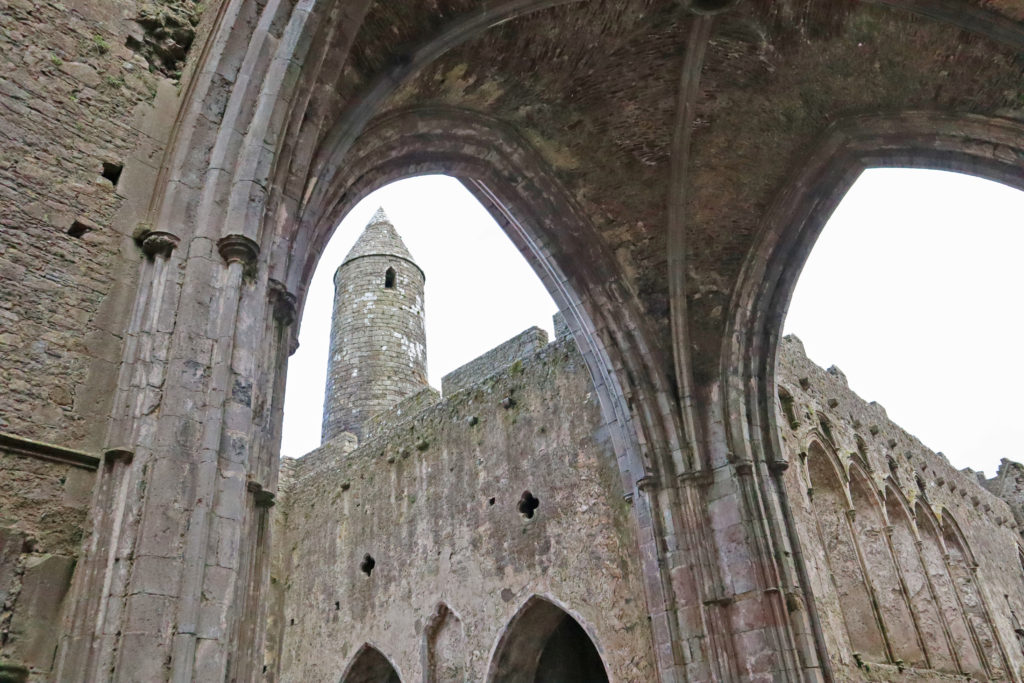
As visitors wander through the Rock of Cashel, they can embark on guided tours that reveal the site’s many hidden gems, such as the stunning frescoes adorning Cormac’s Chapel and the hauntingly beautiful stone carvings embellishing its ancient edifices. The Rock of Cashel stands as a living embodiment of Ireland’s rich historical tapestry, providing an unforgettable experience for those who seek to delve into the nation’s vibrant cultural legacy.
6. The Hill of Tara: I The Myth and Legends of Irelands High-Kings

Last on this list is by no means least. The Hill of Tara, located in Navan, County Meath, is an ancient site that played a significant role in Irish mythology and history. According to early manuscripts and mythological accounts, this majestic hill served as the ceremonial and political center of Ireland for over a thousand years, and it is often said to be the seat of the High Kings of Ireland.
Although the Hill of Tara was significant for ancient Irish kingship ceremonies, nearby Telltown Games, and other festivals, the notion of centralized “High Kingship” that governed all of Ireland is now considered largely mythical. Rather, there were likely many smaller kingdoms and chieftaincies that often vied for power and influence. Nonetheless, the Hill of Tara remains a significant site in Irish history and mythology, as it was seen as the symbolic seat of power and a place of great spiritual importance. The site is steeped in legend and its impact as a symbol of a unifying ancient common Irish identity is almost unsurpassed in the country.
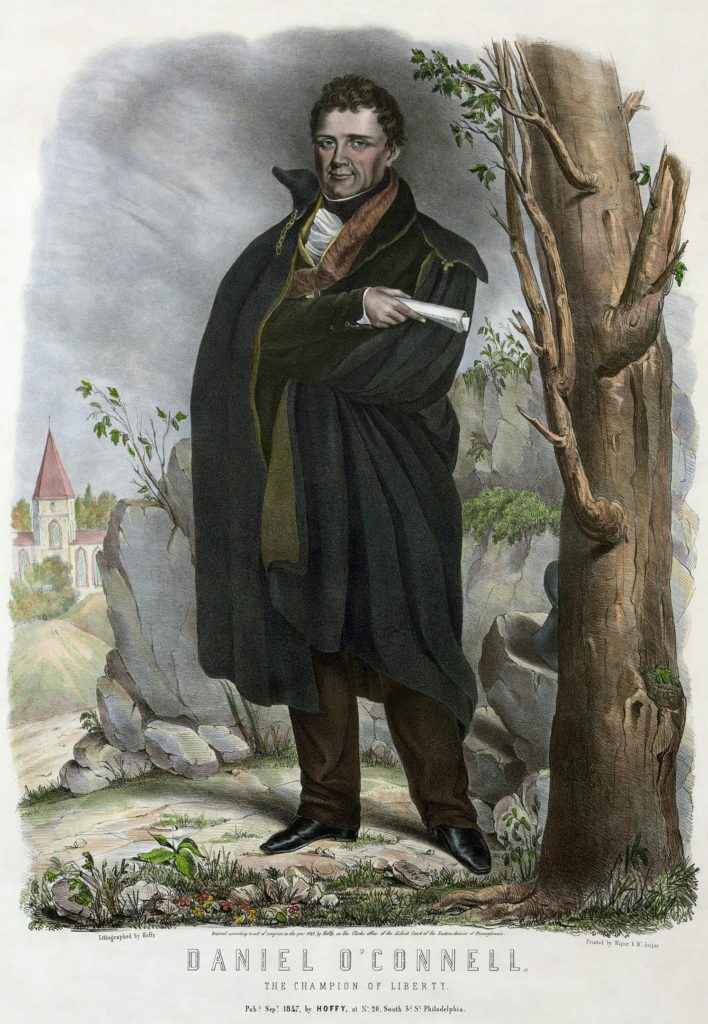
In 1843, Daniel O’Connell organized a “Monster Rally” at the Hill of Tara that drew an estimated 750,000 people from across Ireland to demand repeal of the Act of Union with Britain. The rally was a pivotal moment in Irish history, highlighting the power of peaceful protest and demonstrating the potential of a united Ireland. O’Connell’s call for repeal ultimately failed, but his legacy lives on, and the Hill of Tara remains a symbol of Irish national identity and pride.
Left: “Daniel O’Connell- The Champion of Liberty” poster published in Pennsylvania, 1847.
The Hill of Tara’s rich history is evident in the many ancient monuments that adorn its verdant slopes, such as the Mound of Hostages, a prehistoric passage tomb that dates back to around 3000 BC. The hill’s most iconic feature is the Lia Fáil, also known as the Stone of Destiny, a legendary coronation stone that was said to roar when a true king touched it. The site is also home to several other ancient monuments, including standing stones, burial mounds, and the remains of several ring forts. Vandalism of the stone has caused controversy in recent years.


One of the most striking mounds is also believed to be the oldest. Duma na nGiall, the Mound of Hostages, is said to be over 5000 years old (built c.3000 BCE).
It, too, aligns with a certain astronomical event marking the changing of the seasons. The Irish holiday of Samhain, marking the end of the harvest season and the beginning of winter was celebrated around November 1st and was later incorporated into the Christian holiday of All Saints Day, also known as All Hallows Day. The day before, October 30th, was originally called All Hallow’s Evening and is now commonly known as Hallowe’en.
The Hill of Tara is also closely associated with Irish mythology, particularly the story of the Tuatha Dé Danann, a race of gods who were said to have ruled Ireland before the arrival of the Celts. According to legend, the Hill of Tara was the site of the entrance to the Otherworld, a mystical realm where the gods and goddesses of ancient Ireland resided.
Today, visitors to the Hill of Tara can immerse themselves in Ireland’s rich cultural heritage by taking guided tours of the site or exploring it on their own. The hill offers breathtaking views of the surrounding countryside and provides a fascinating glimpse into the lives of the ancient Irish people who once called it home. A visit to the Hill of Tara is a must for anyone interested in Irish history, mythology, and culture.
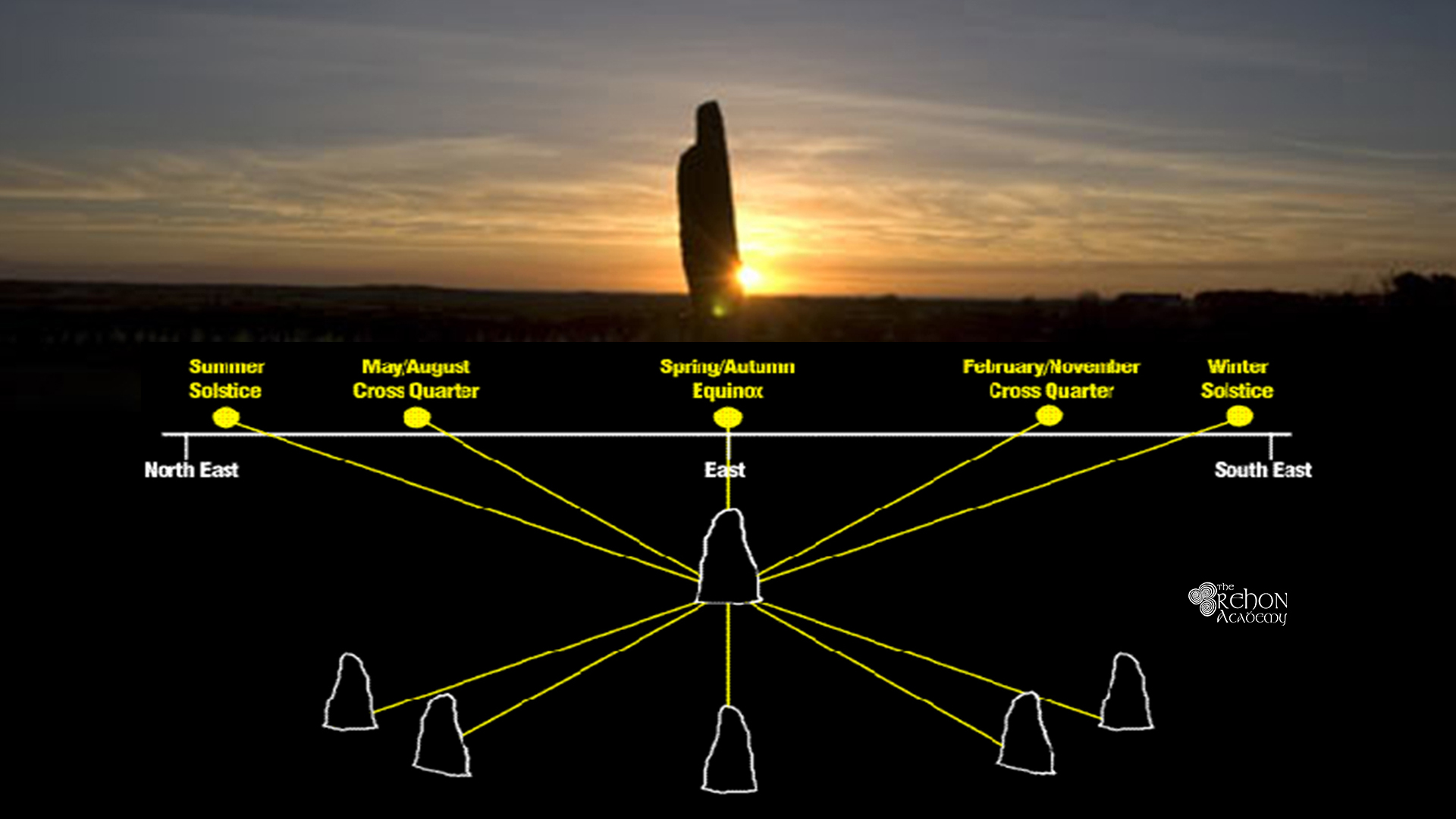
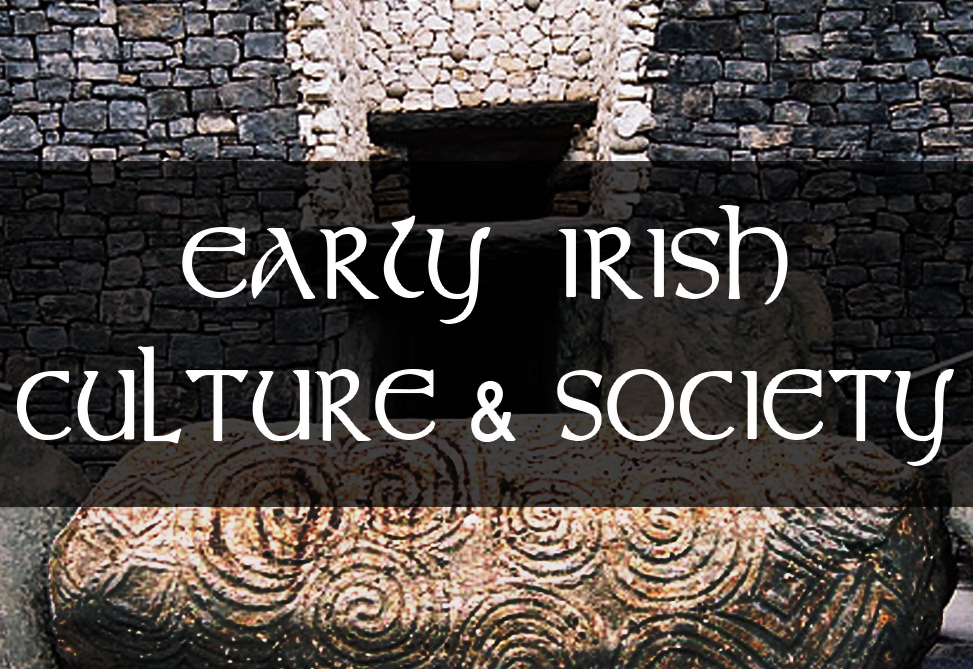

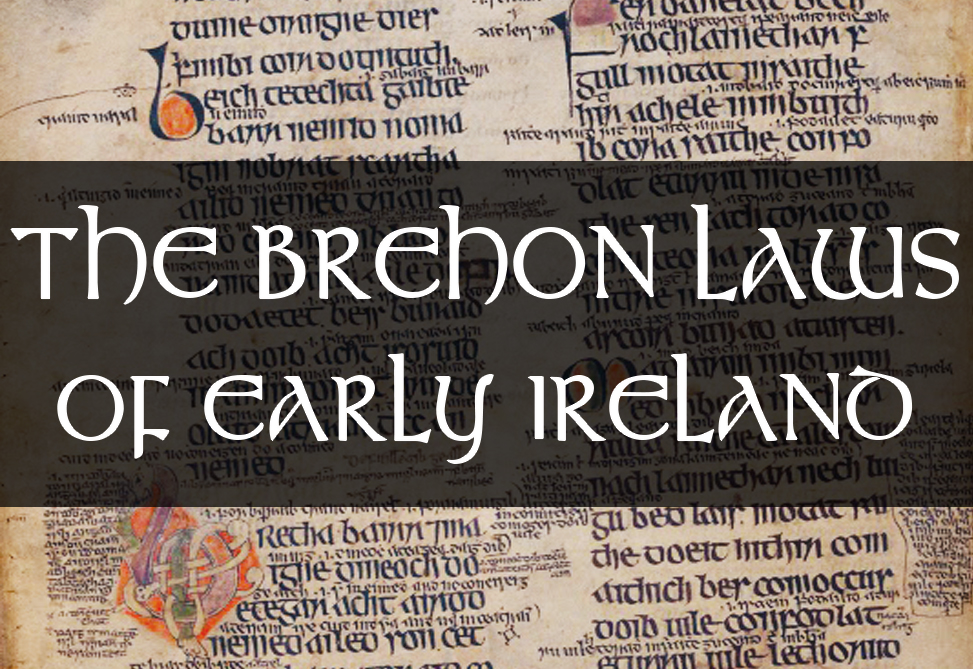


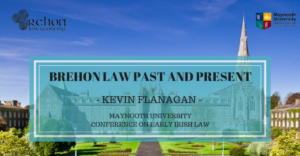
Pingback: The Old Religion and the Druids: Lifting the Veil on the Mysterious Priests of Early Ireland - The Brehon Academy
Pingback: Ancient Irish Astronomical Observatories: Unveiling Early Celestial Knowledge - ConnollyCove